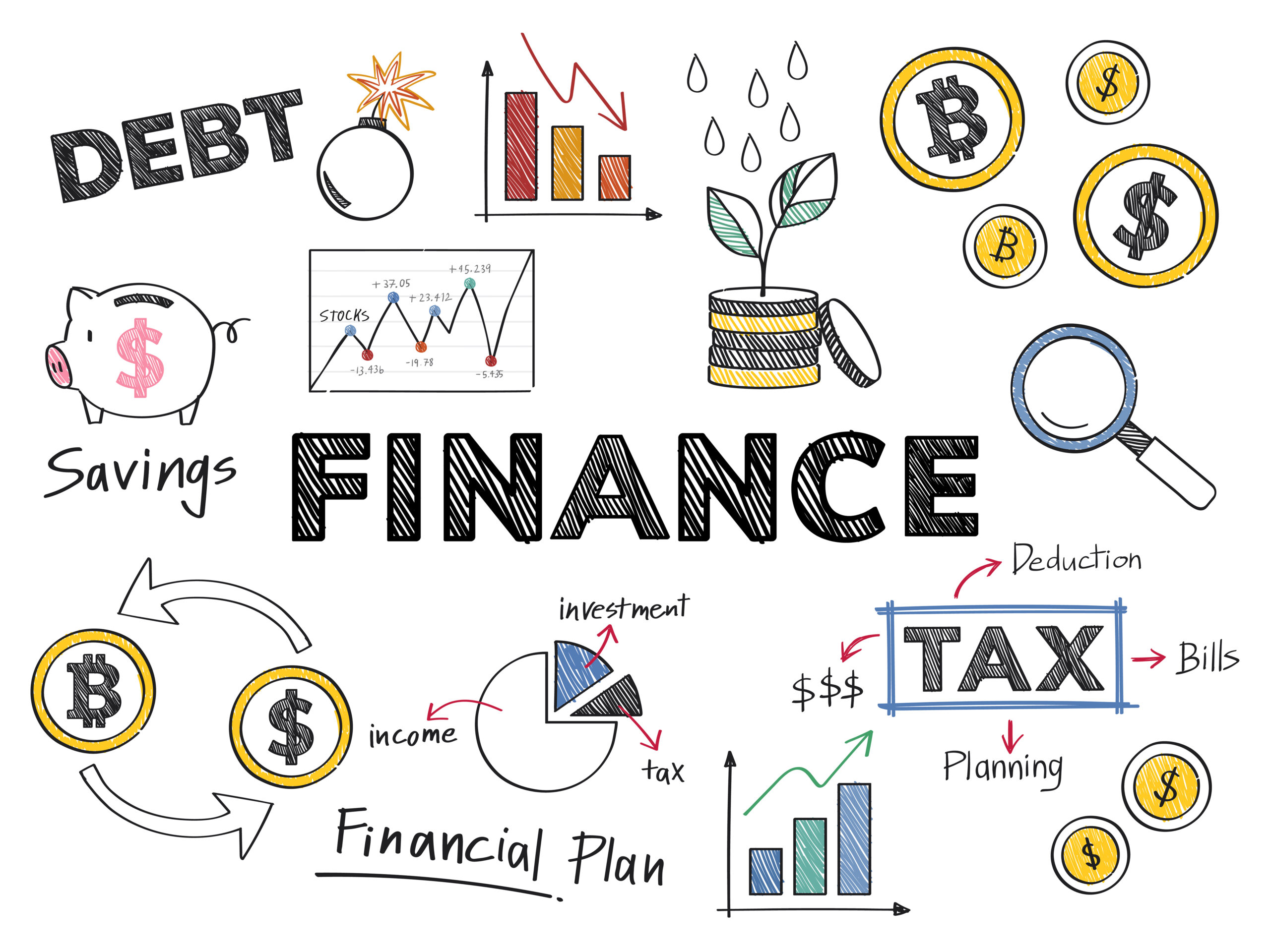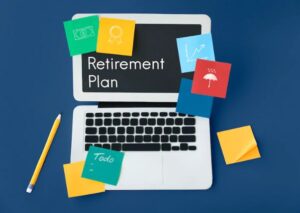When you think of financial planning, you probably imagine ways to increase your wealth, such as making a budget, reviewing what’s coming in and going out, and creating a plan for how to make the most of your money.
You may think of investing in stocks or bonds, or of starting a retirement fund. Perhaps you think of saving for a major expense, like a home or education for your children.
And that all counts as financial planning. But lately, the concept of lifestyle planning is giving financial planning a run for its money.

What is lifestyle planning?
Lifestyle planning is the idea of using your money to get the most enjoyment out of your life.
It means maybe foregoing the maximum financial return in exchange for something you value more. You choose to budget your money in a way that makes you truly happy. In other words…
You plan to use your money in the ways that bring you the most joy.
If the idea seems scary to you, you’re not alone. Most of us were raised with the idea that you should always save for a rainy day, put away as much money as you can, and invest instead of spend.
But lifestyle planning doesn’t mean that you frivolously blow through your life savings.
It means taking the time to consider how you want to live the one life you get. And then, working off of that vision by creating a financial plan that makes those dreams come true.

Get started with your lifestyle plan
Sit down and do some soul searching. Write down exactly what you want your life to look like.
Where do you want to live? Who do you want to live with, if anyone? What kind of car do you want to drive? Where do you want to go to school? What clothes do you want to wear? How do you want to eat? Do you want to travel? If so, how often?
Get as specific and as detailed as possible. Sketch out your perfect life in your mind.
Think about the things that are most important to you.
Once you’re satisfied with your vision, take stock of where you stand today.
How much money do you earn now? What’s your future earning potential? Are you spending money on things that aren’t actually important to you?
When you start matching up your reality with the way that you want to live your life, the gaps will become obvious. You will then be able to make adjustments. Maybe it’s not as important to drive a luxury car or any car at all. Maybe a change in career is necessary.
It’s okay if expensive items actually are more important to you than you initially thought. You can now plan for that. Or maybe it has become clear that you actually need more freedom of mobility in your career if travel is a priority.
Whatever it is that you come up with, you can start making a roadmap for how to get there.
And that’s how lifestyle planning affects your financial planning. You can’t reach your goals if you don’t give yourself the means to do it.
Once you know what you want, you can make a specific plan for how to make it a reality. When you’re ready, enlisting the help of a professional accountant will allow you to make the best financial decisions.
Get in touch if you would like to learn more about how we can help you get started with a personal lifestyle plan. With a bit of strategy, you can start living the way you envision sooner.

























